
Chemistry 2020, 2(4), 796-804; DOI: 10.3390/chemistry2040052
The Flack Parameter is now almost universally reported for all chiral materials characterized by X-ray crystallography. Its elegant simplicity was an inspired development by Howard Flack, and although the original algorithm for its computation has been strengthened by other workers, it remains an essential outcome for any … Read the rest
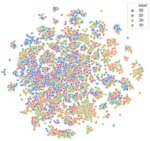
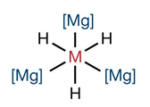
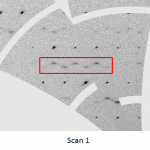
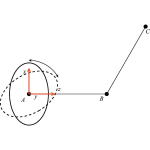

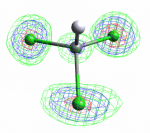
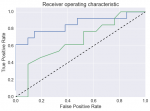
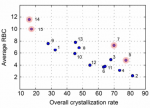

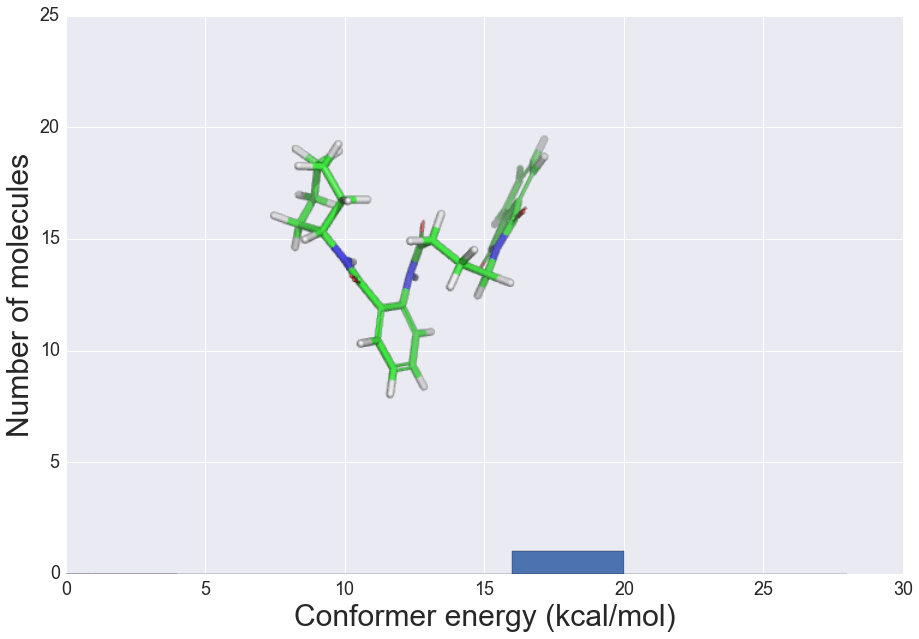 J. Chem. Inf. Model., 2016, 56 (12), 2347–2352 doi:
J. Chem. Inf. Model., 2016, 56 (12), 2347–2352 doi: